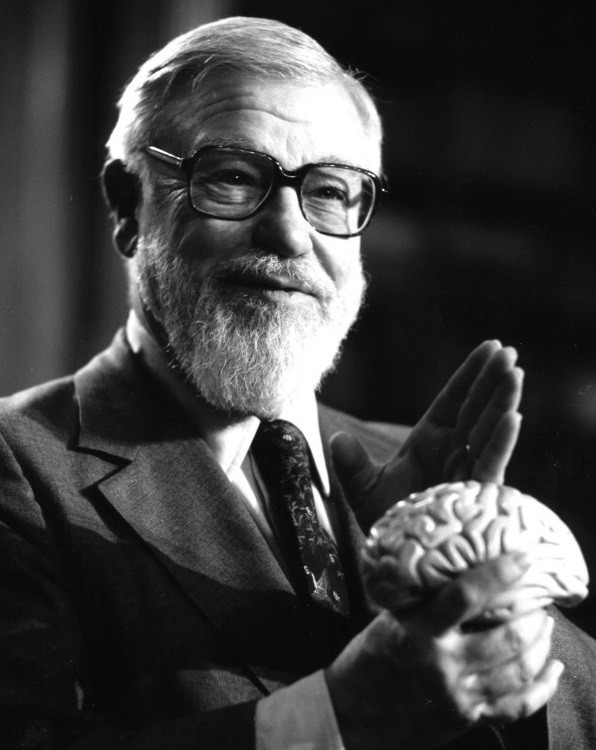Psychomotor Patterning on:
[Wikipedia]
[Google]
[Amazon]
Psychomotor patterning, rarely referred to as the Doman-Delacato technique, is a  The treatment modality of patterning was developed in the 1960s by Glenn Doman and Carl Delacato.
The treatment modality of patterning was developed in the 1960s by Glenn Doman and Carl Delacato.
pseudoscientific
Pseudoscience consists of statements, beliefs, or practices that claim to be both scientific and factual but are incompatible with the scientific method. Pseudoscience is often characterized by contradictory, exaggerated or unfalsifiable claim ...
approach to the treatment of intellectual disabilities
Intellectual disability (ID), also known as general learning disability in the United Kingdom and formerly mental retardation, Rosa's Law, Pub. L. 111-256124 Stat. 2643(2010). is a generalized neurodevelopmental disorder characterized by signifi ...
, brain injury
An injury is any physiological damage to living tissue caused by immediate physical stress. An injury can occur intentionally or unintentionally and may be caused by blunt trauma, penetrating trauma, burning, toxic exposure, asphyxiation, or ...
, learning disabilities
Learning disability, learning disorder, or learning difficulty (British English) is a condition in the brain that causes difficulties comprehending or processing information and can be caused by several different factors. Given the "difficult ...
, and other cognitive
Cognition refers to "the mental action or process of acquiring knowledge and understanding through thought, experience, and the senses". It encompasses all aspects of intellectual functions and processes such as: perception, attention, thought ...
disease
A disease is a particular abnormal condition that negatively affects the structure or function of all or part of an organism, and that is not immediately due to any external injury. Diseases are often known to be medical conditions that a ...
s. The treatment is based on the largely discredited hypothesis that ontogeny recapitulates phylogeny
Ontogeny (also ontogenesis) is the origination and development of an organism (both physical and psychological, e.g., moral development), usually from the time of fertilization of the egg to adult. The term can also be used to refer to the stu ...
. The method assumes that intellectual disabilities results from the failure of an individual to develop properly through the phylogenetic
In biology, phylogenetics (; from Greek φυλή/ φῦλον [] "tribe, clan, race", and wikt:γενετικός, γενετικός [] "origin, source, birth") is the study of the evolutionary history and relationships among or within groups o ...
stages, and treatment primarily focuses on non-invasive physical therapy
Physical therapy (PT), also known as physiotherapy, is one of the allied health professions. It is provided by physical therapists who promote, maintain, or restore health through physical examination, diagnosis, management, prognosis, patie ...
in each of these stages. In one such stage, the '' homolateral stage'', a healthy child typically crawls by turning the head to one side while extending the arm and leg of the opposite side. The patterning treatment is applied to those unable to perform this motion, and involves passive intervention by 4-5 adults who assists the child in an effort to impose or induce the proper pattern onto the central nervous system
The central nervous system (CNS) is the part of the nervous system consisting primarily of the brain and spinal cord. The CNS is so named because the brain integrates the received information and coordinates and influences the activity of all p ...
. The therapy normally lasts for 5 minutes and is repeated at least 4 times a day. Full treatment programs typically contain a range of exercises combined with sensory stimulation
In physiology, a stimulus is a detectable change in the physical or chemical structure of an organism's internal or external environment. The ability of an organism or organ to detect external stimuli, so that an appropriate reaction can be mad ...
, breathing exercises
Breathing (or ventilation) is the process of moving air into and from the lungs to facilitate gas exchange with the Milieu intérieur, internal environment, mostly to flush out carbon dioxide and bring in oxygen.
All Aerobic respiration, aer ...
designed to increase oxygen flow to the brain, and systematic restriction and facilitation designed to promote hemispheric dominance.
 The treatment modality of patterning was developed in the 1960s by Glenn Doman and Carl Delacato.
The treatment modality of patterning was developed in the 1960s by Glenn Doman and Carl Delacato.
See also
*The Institutes for the Achievement of Human Potential
The Institutes for The Achievement of Human Potential (IAHP), founded in 1955 by Glenn Doman and Carl Delacato, provide literature on and teaches a controversial patterning therapy (motor learning), which the Institutes promote as improving the "n ...
References
Further reading
* * Pseudoscience Obsolete scientific theories {{psych-stub